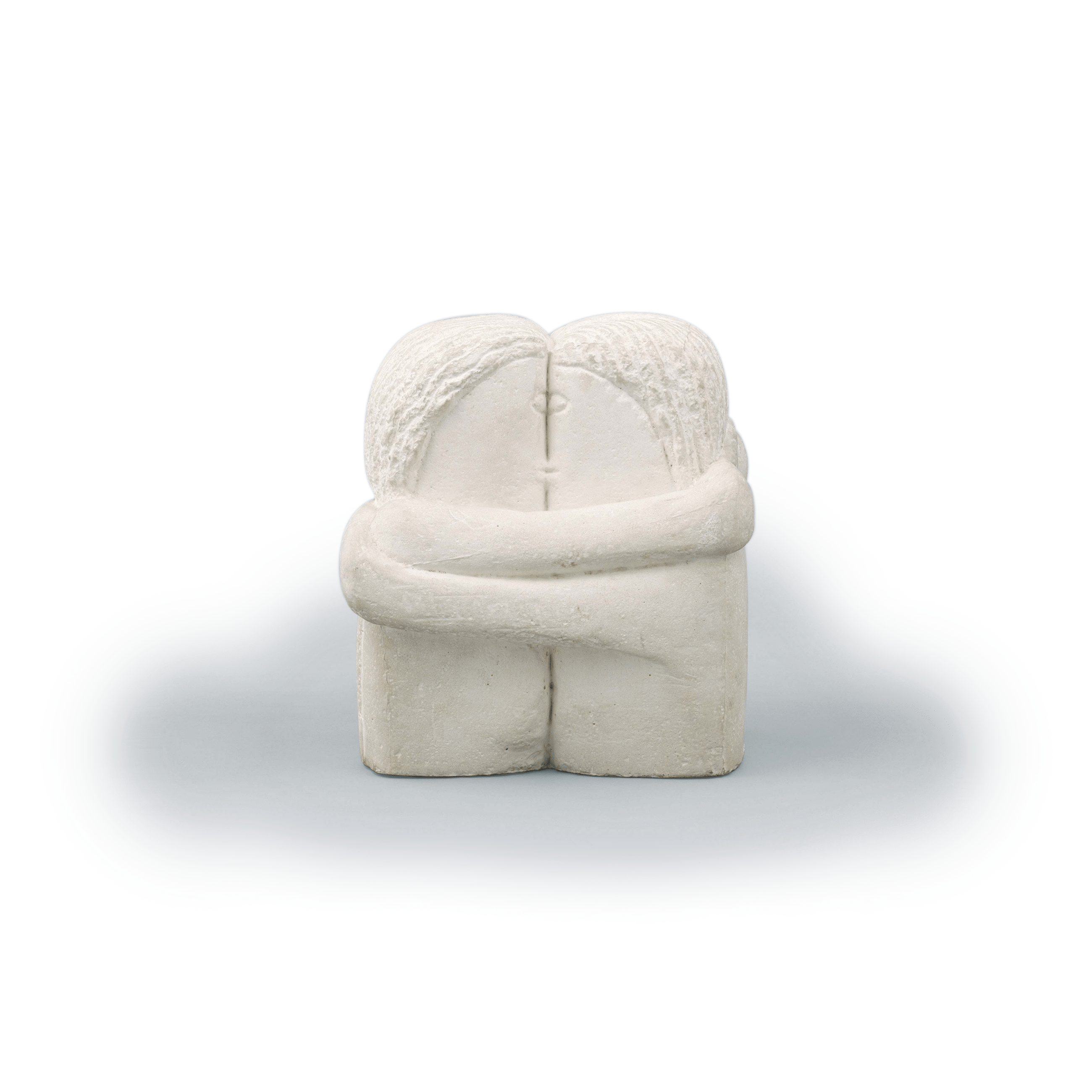Keywords
01
Formative Years
Brancusi studied sculpture at the Bucharest School of Fine Arts in Romania before moving to Paris in 1904 and enrolling at the the École des Beaux-Arts. In his works from this era, such as Pride, the clear rendering of the models’ features indicates quite an academic style. On the other hand, in Suffering the facial expression is unclear, although the work has a smoothly finished surface and the model’s torment is conveyed by the contorted pose. This difference in depiction marks the beginnings of Brancusi’s shift away from superficial realism towards a deeper focus on the textures and overall forms of his sculptures.
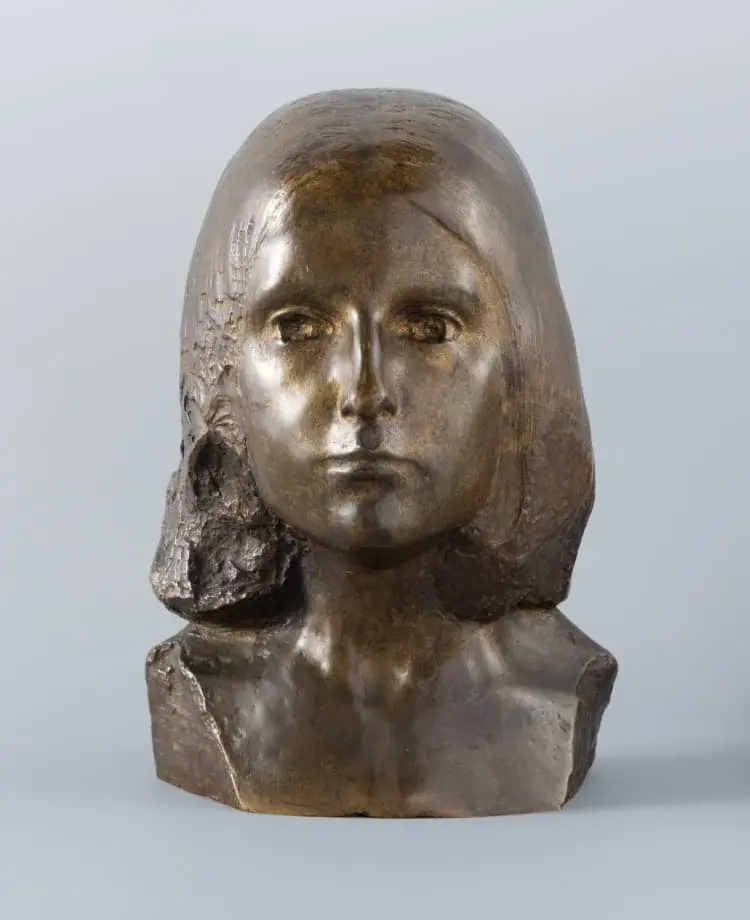
Constantin BRANCUSI, Pride, 1905, Bronze, Hikaru Museum
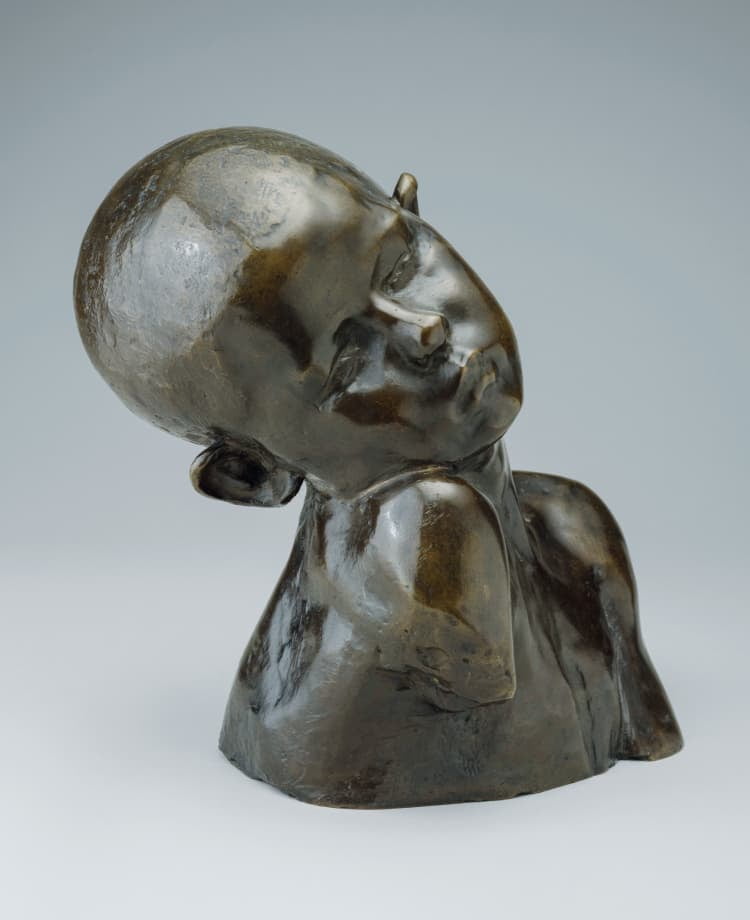
Constantin BRANCUSI, Suffering, 1907, Bronze, The Art Institute of Chicago/ Art Resource, NY
02
Direct Carving
Brancusi was highly regarded by Auguste Rodin, and began working in Rodin’s workshop as an assistant carver in March 1907, but he stayed there for only about a month. Around the same time, Brancusi began working with direct carving, sculpting shapes directly from stone blocks. This technique can be interpreted as a backlash against Rodin’s sculptural methodology, which primarily focused on modeling of clay and employed division of labor for carving tasks. The Kiss is among Brancusi’s first directly carved works.
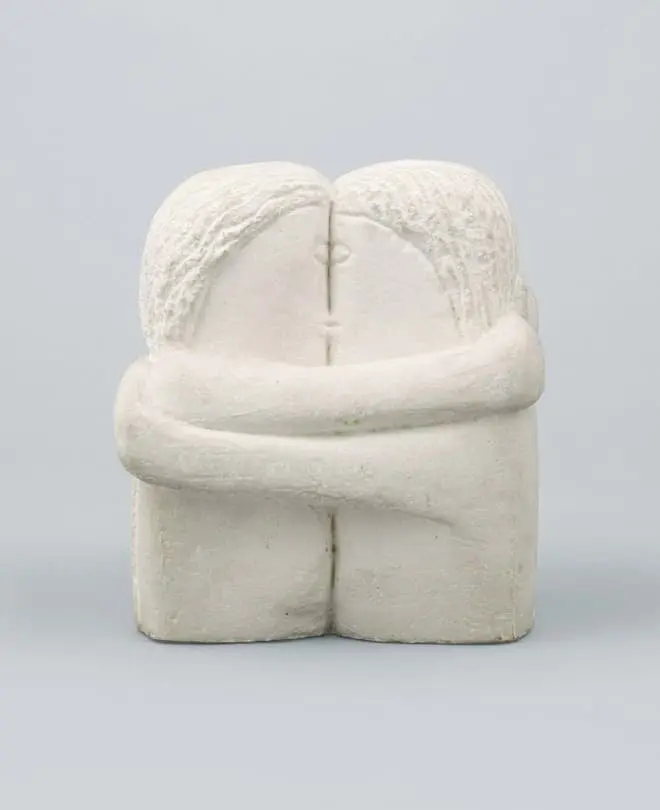
Constantin BRANCUSI, The Kiss, 1907-10, Plaster, Artizon Museum, Ishibashi Foundation
03
Form
Beginning with Sleeping Child, Brancusi produced a series of heads lying horizontally, freed from gravity and evoking the state of sleep. In works such as Sleeping Muse, the egg-shaped heads maintain recognizable external features while hinting at internal thoughts and dreams. The heads became progressively more abstract, and came to symbolize themes of life and birth. Brancusi’s works of the 1910s were propelled by investigation of the connection between concept and physical form, with emphasis on the head as a recurring subject.
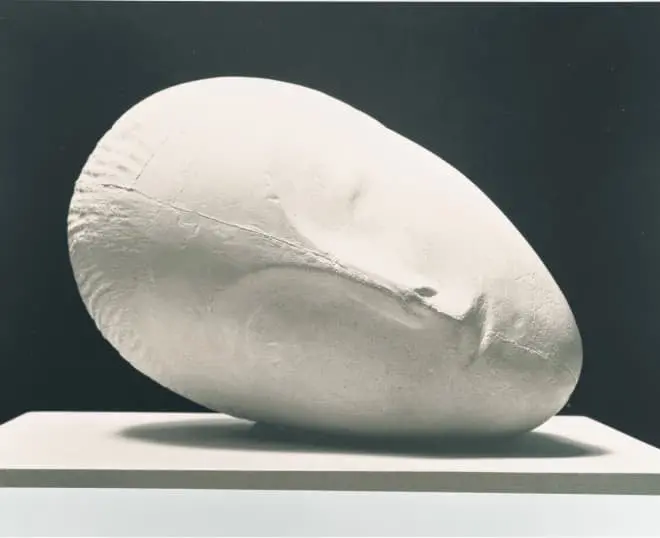
Constantin BRANCUSI, Sleeping Muse, c.1910-1911, Plaster, Nakanoshima Museum of Art, Osaka (On display until May 12)
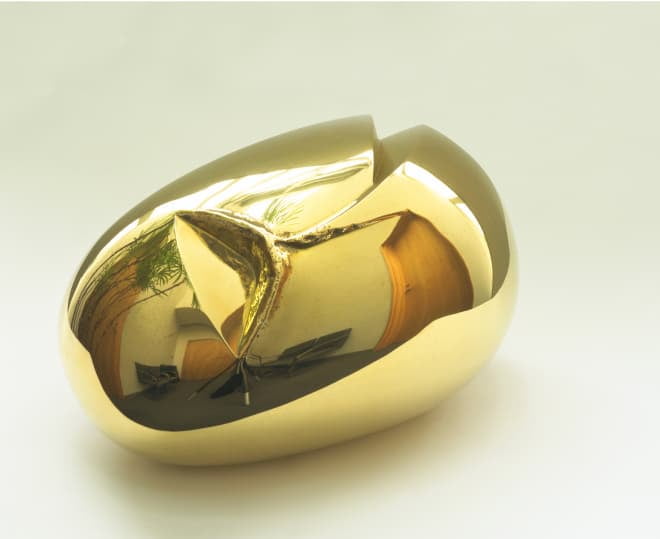
Constantin BRANCUSI,The First Cry, 1917 (cast:1984), Bronze, Nagoya City Art Museum
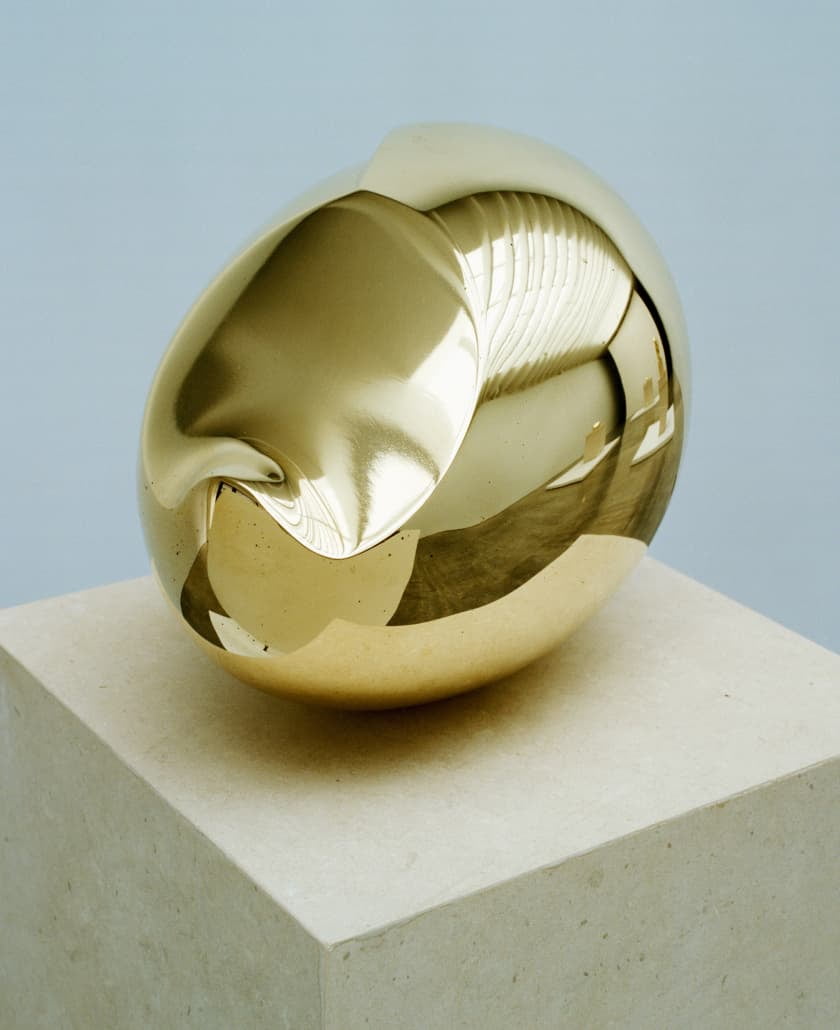
Constantin BRANCUSI,The Newborn I, 1920 (cast: 2003), Polished bronze, Brancusi Estate
04
Connections
While Brancusi may seem to have followed a solitary path, he did forge meaningful connections with fellow artists. During his early years in Paris, he shared an interest in exploring form with Amedeo Modigliani; Marcel Duchamp significantly influenced Brancusi’s reception in the US as his highly dedicated curator and agent; and Isamu Noguchi apprenticed under Brancusi, albeit briefly, and it was there that he acquired a command of direct carving. In certain works, these connections with contemporaries are reflected in tangible form.
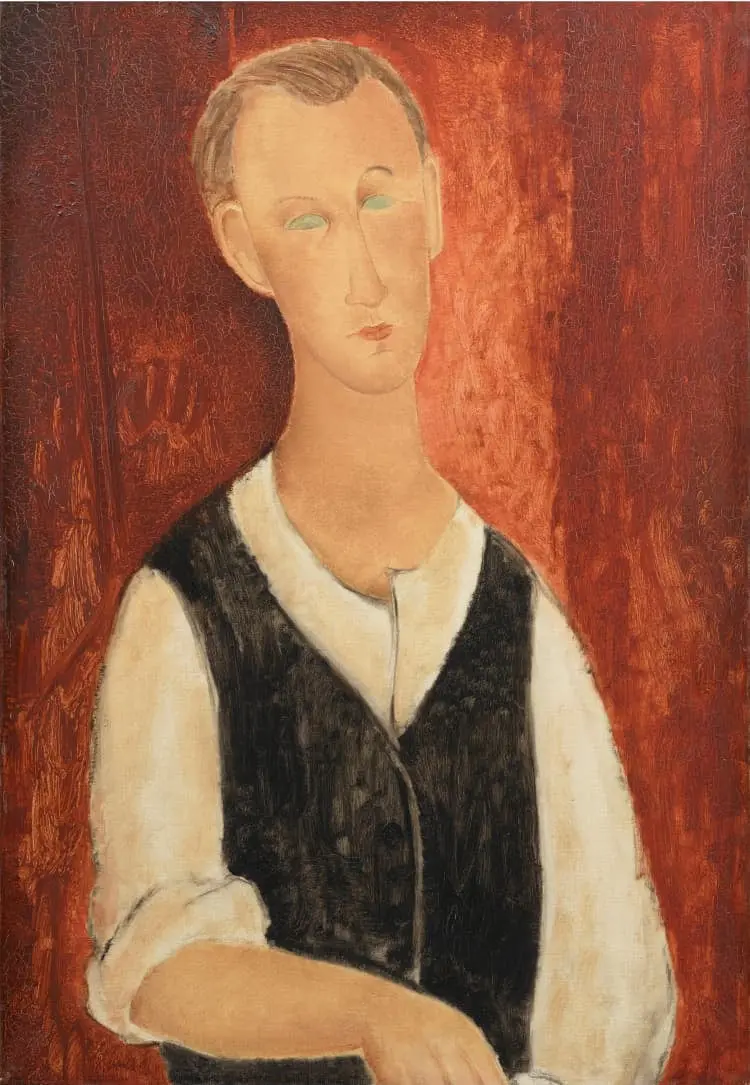
Amedeo MODIGLIANI, Young Farmer, c. 1918, Oil on canvas, Artizon Museum, Ishibashi Foundation
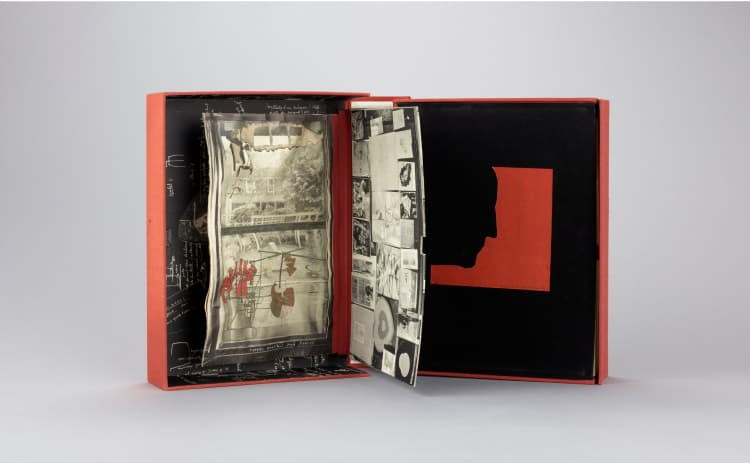
Marcel DUCHAMP, Water and Gas on All Floors, Box for Robert Lebel's
Sur Marcel Ducahmp,
1959, Linen-covered cardboard box with collotype-printed and stencil-colored plaque,
Artizon Museum, Ishibashi Foundation
© Association Marcel Duchamp / ADAGP, Paris & JASPAR, Tokyo,
2024 C4560
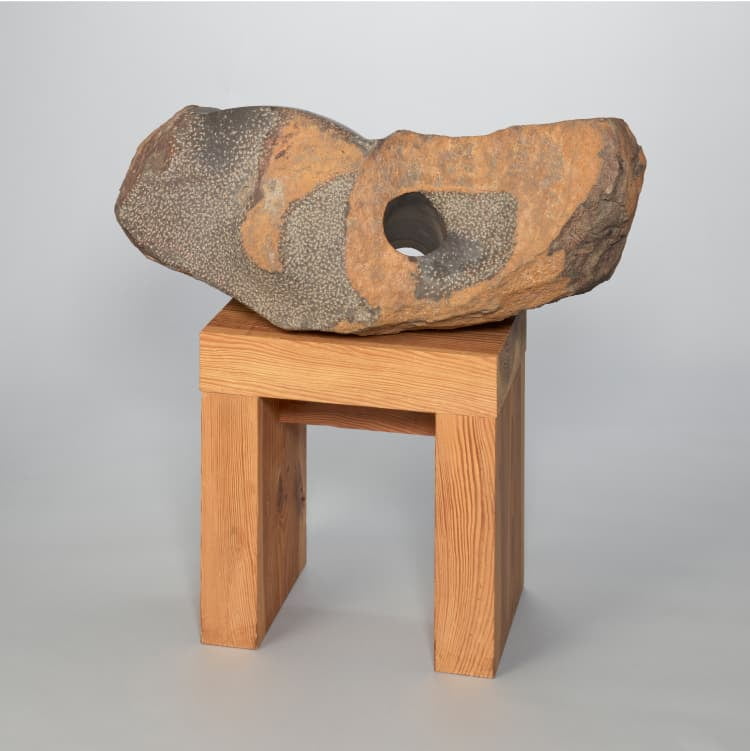
Isamu NOGUCHI, Fish Face No.2, 1983, Basalt, Artizon Museum,
Ishibashi Foundation
© 2024 The Isamu Noguchi foundation and Garden Museum/ ARS, New
York/ JASPAR, Tokyo C4560
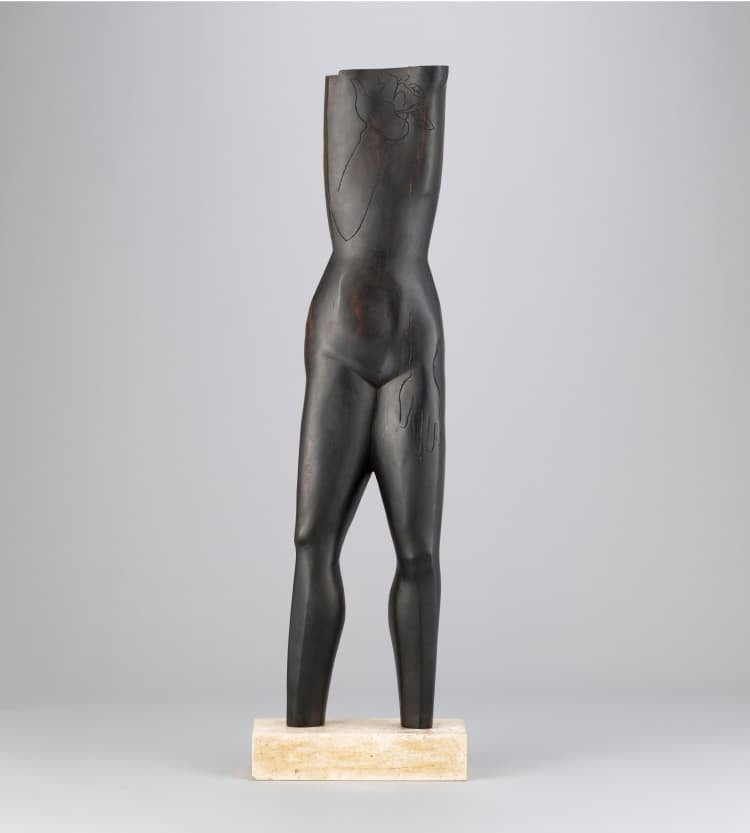
Ossip ZADKINE, Pomona(Torso), 1951, Ebony, Artizon Museum,
Ishibashi Foundation
© ADAGP, Paris & JASPAR, Tokyo, 2024 C4560
05
The Studio
From 1907 onward Brancusi was based in Montparnasse on the Left Bank of Paris, and in 1916 he relocated to a shared studio building on Impasse Ronsin, also in Montparnasse but further to the west. Brancusi’s studio, expanding in tandem with his artistic evolution, emerged as a manifestation of his creative drive, contained finished and in-progress works, pedestals, and raw materials such as stone and wood. Brancusi frequently documented the space in photographs, as if to verify his accomplishments thus far.
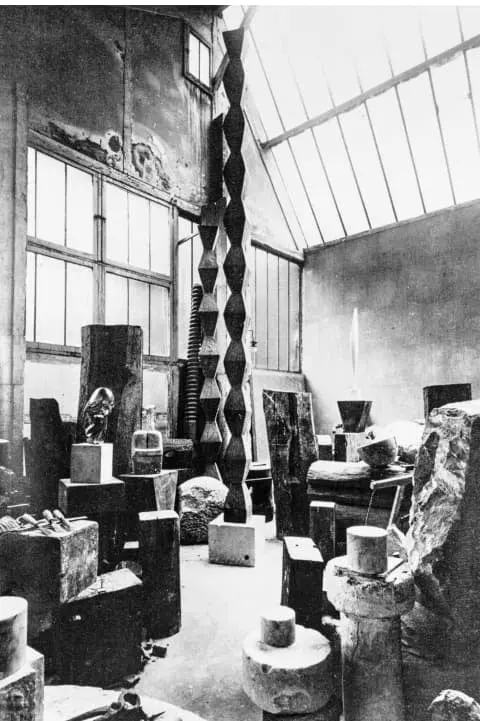
Constantin BRANCUSI, View of the Studio, "The Endless Column," "Mademoiselle Pogany II”, 1925, Gelatin silver print, Tokyo Photographic Art Museum
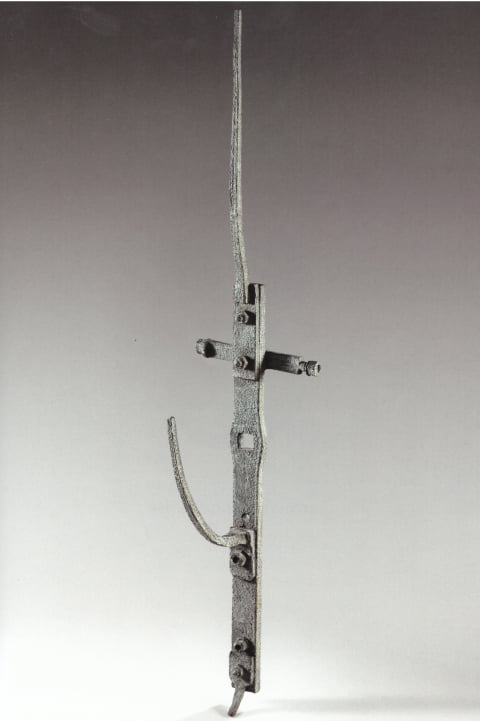
Constantin BRANCUSI, Chimney Hook, c.1928, Wrought iron, Brancusi Estate
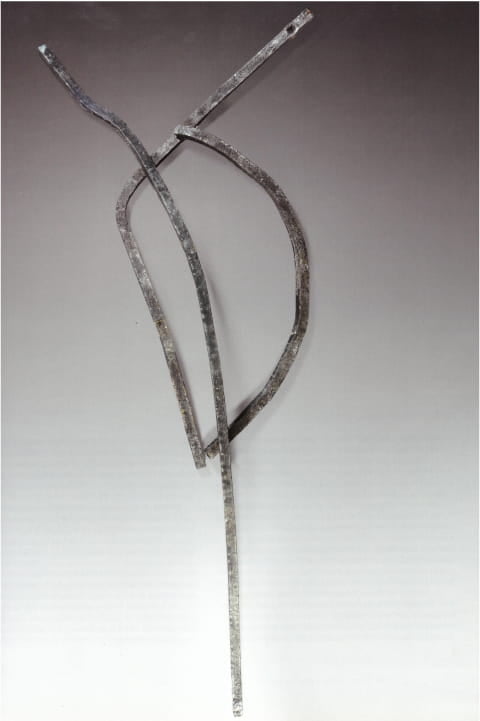
Constantin BRANCUSI, Sign, c.1928, Wrought iron, Brancusi Estate
06
The Camera
Brancusi began experimenting with the camera early on, capturing the atmosphere of his studio when he was still an art student in Bucharest. Initially he focused on documentation of his own works, occasionally outsourced to professional photographers, but by around 1914 to took full charge of the camera. Rather than treating photography solely as a means of duplication, Brancusi saw it as a reinterpretative tool that revealed hidden dimensions of his sculptures. He acquired a 16mm film camera in 1929 and ventured into filmmaking.
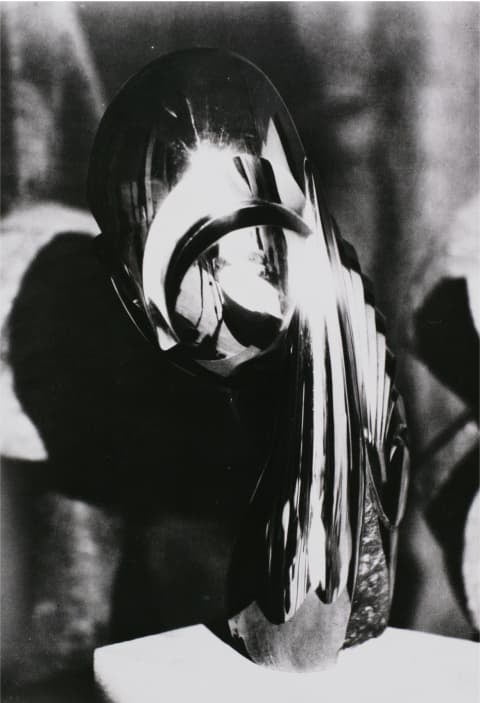
Constantin BRANCUSI, Mademoiselle Pogany II, c. 1920, Gelatin silver print, Tokyo Photographic Art Museum
07
Bird
Originally inspired by Romanian folklore, Brancusi made birds a frequent subject of his works, connecting them with images of freedom and ascension. This theme, coupled with his fascination with the industrial advances of the time and aviation in particular, evolved over the course of the 1920s and 1930s. The gracefully curving silhouette of Bird in Space captures the essence of a bird soaring through the sky, illuminating the dynamics of flight toward the heavens.
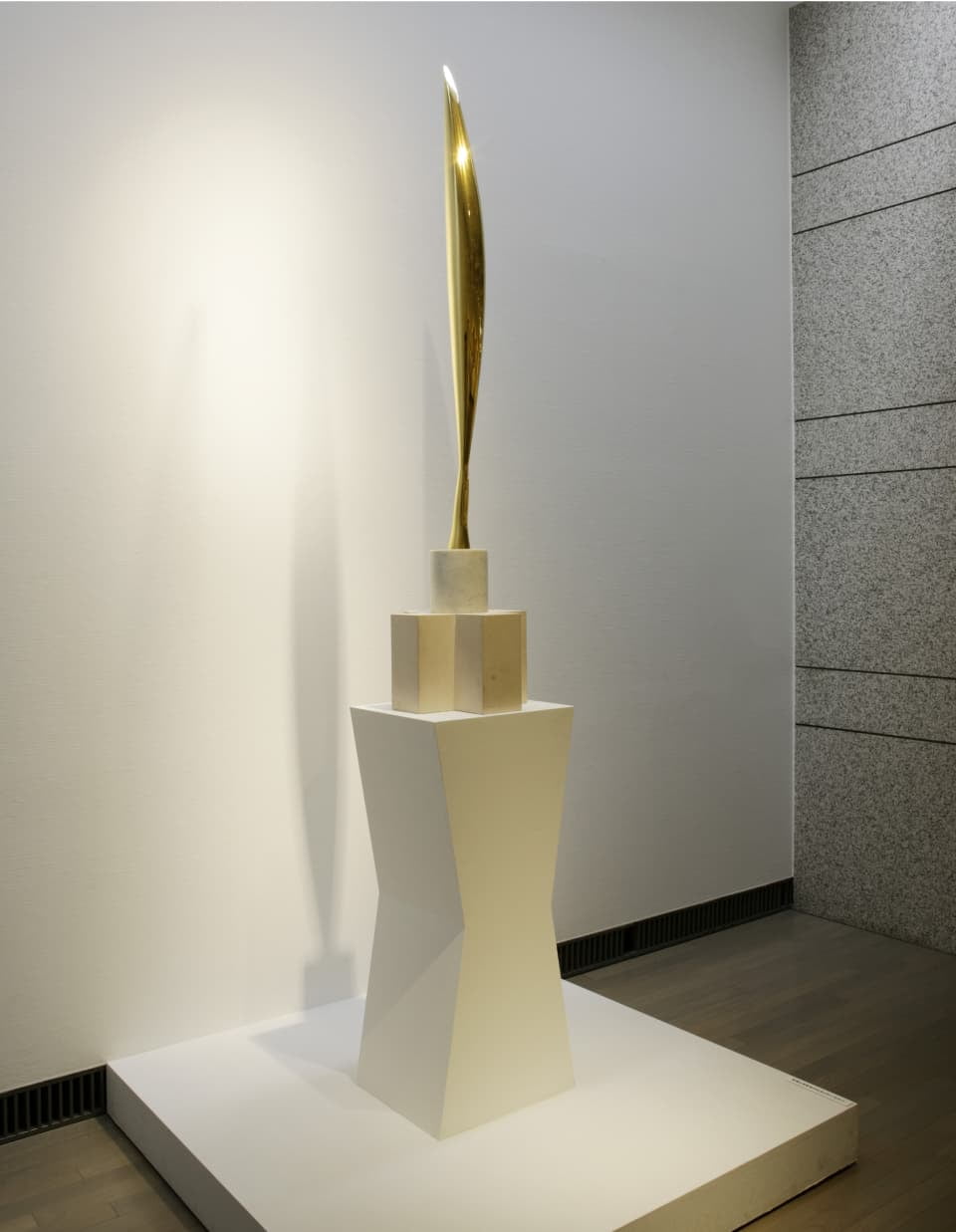
Constantin BRANCUSI, Bird in Space, 1926 (cast: 1982), Bronze on marble and limestone base, Yokohama Museum of Art
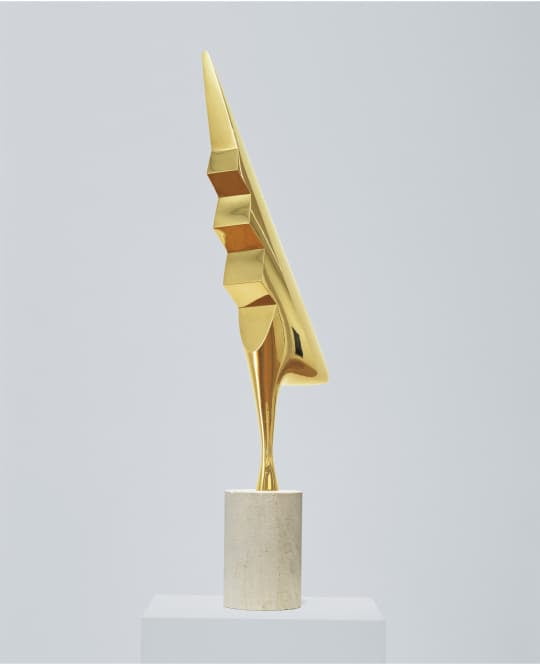
Constantin BRANCUSI, The Cock, 1924 (cast: 1972), Bronze, Toyota Municipal Museum of Art
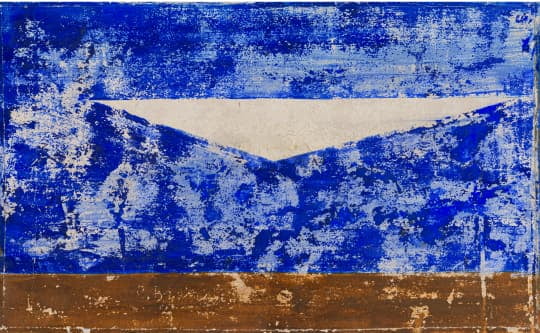
Constantin BRANCUSI, Bird, 1930, Fresco, Brancusi Estate, Toronto

